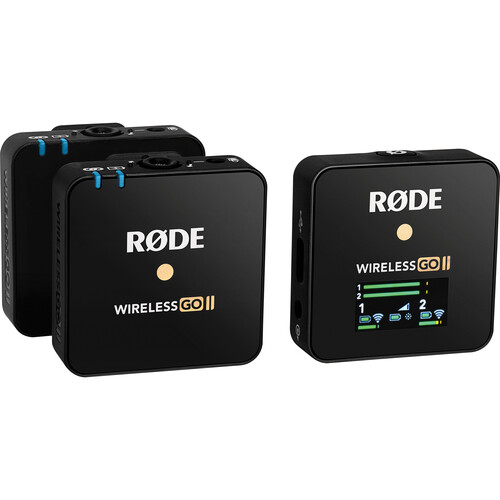
Smartphones are amazing video production tools. They shoot in 4K, you can edit on them, add graphics, add music, and upload it to your platform of choice with just a few taps on the screen. They pack in millions of dollars worth of professional production equipment into the device in your pocket.
When it comes to audio though, smartphones tend to be lacking a bit. The microphones on your phone are omnidirectional and primarily designed for phone calls. However, there are plenty of affordable microphones you can buy for your device to ensure you acquire high-quality sound.
First, let's look at some shotgun microphone options. Shotgun microphones, like the name implies, record audio in a shotgun pattern. That is, whatever direction the microphone is facing it will capture audio from that direction, rather than from all around like the standard smartphone internal microphone.
There are lots of options out there for smartphone shotgun microphones -- with connection options both for iPhone and Android. One of our favorites is the Rode VideoMic Me. This is a great professional microphone designed specifically for your smartphone. It just plugs into your headphone jack, or lightning port on iPhone, and overrides your internal microphone. The VideoMic Me is available for under $100 dollars, but if you are looking for something cheaper there are other options available.
The other kind of microphone you may want to invest in is a lavaliere mic. That is a microphone that you can clip onto your subject. These are great for capturing soundbites and getting great quality audio from your subject or yourself. There are two options when it comes to lavaliere for smartphones: wired and wireless.
A wired lavaliere microphone connects directly to your device and then can clip onto your subject. One option for this kind of microphone is the BOYA BY-M2. This wired lav mic includes a lightning adaptor so it can be used with both Android and Apple devices. The BY-M2 is available for around $40. One drawback of using a wired lavaliere is that you are constricted by the wire. You don't have the flexibility you would have without this mic. Rather you are tethered to the subject to who you've attached the mic. However long the wire is, that's as much distance as you'll get.
With a wireless lavaliere microphone, you'll get more flexibility, but it will cost you more. With a wireless system, you connect the phone to a microphone receiver, then you connect the microphone to a transmitter that connects to the receiver. Rode has recently released their wireless GO II microphone which is designed specifically for smartphones. This is a slightly more expensive item at $300 but will ensure you get great quality audio without being tied to your subject.
Whatever your budget or needs there is definitely a smartphone microphone for you.
Let us know in the comments which mic you like to use with your smartphone.


